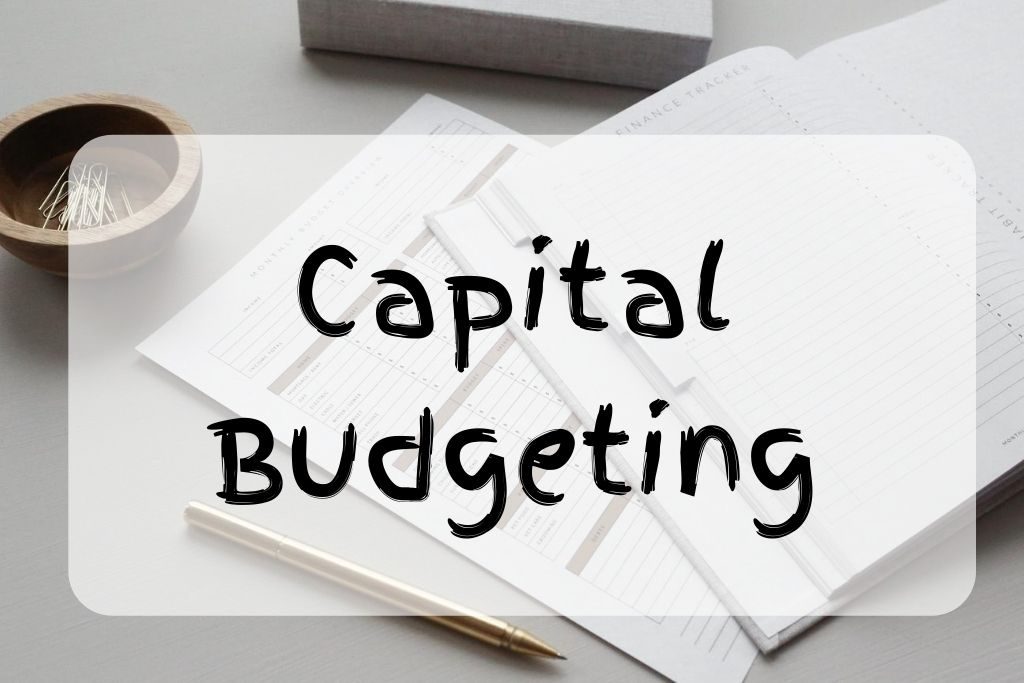What Is Capital Budgeting?

Definition of Capital Budgeting
- When businesses want to buy new long term assets such as new machinery or start a new project, it is crucial to consider if it would be worth it or not.
- Companies only have limited resources, so capital budgeting helps them prioritize the projects.
- Capital budgeting includes making decisions on implementing new projects, new plants, new equipment, and everything else that the company would spend on.
- The process analyzes the potential capital inflows and outflows from the asset.
Want to learn more financial ratios?
Get the eBook explaining some of the most useful ratios for free now.
What Impacts Capital Budgeting?
- The internal rate of return (IRR)
- The payback period of the asset
- The net present value of an asset (NPV)
How to Calculate Capital Budgeting?
- Capital budgeting is a process of making decisions, so there is no formula for calculating it; however, there are many factors that can help make this process more rational.
- Calculating the payback period would help the firm know how long it is going to take to recover the cost of an investment. It is calculated by dividing initial investment by cash inflows.
Payback period = Initial investment / Cash inflows
- Calculating net present value or discounted cash flows helps the firm know exactly how much excess return the future cash outflows or inflows used or generated from an asset/ project is worth now.
- Throughput analysis looks at the firm as a whole. It mainly looks at the throughput value, net profit, and return on investment.
Throughput = Revenue – Total variable expense
Net profit = Throughput – Operating expense
Return on investment = Net profit / Investment
Why is Capital Budgeting Important?
- This process helps the management invest in the assets that can maximize the firm’s value.
- It brings to light a potentially bad investment option, which, if avoided, helps to maximize the firm value.
Capital Budgeting in Practice
- There are other internal factors that firms have to take into considerations. If the firm already has a negative cash flow, investing in a new project may not be the best solution for them.
- Getting an effective discount rate can be challenging, as it might change over time.
Learn some of the most useful financial ratios!
Don’t miss this free eBook.
